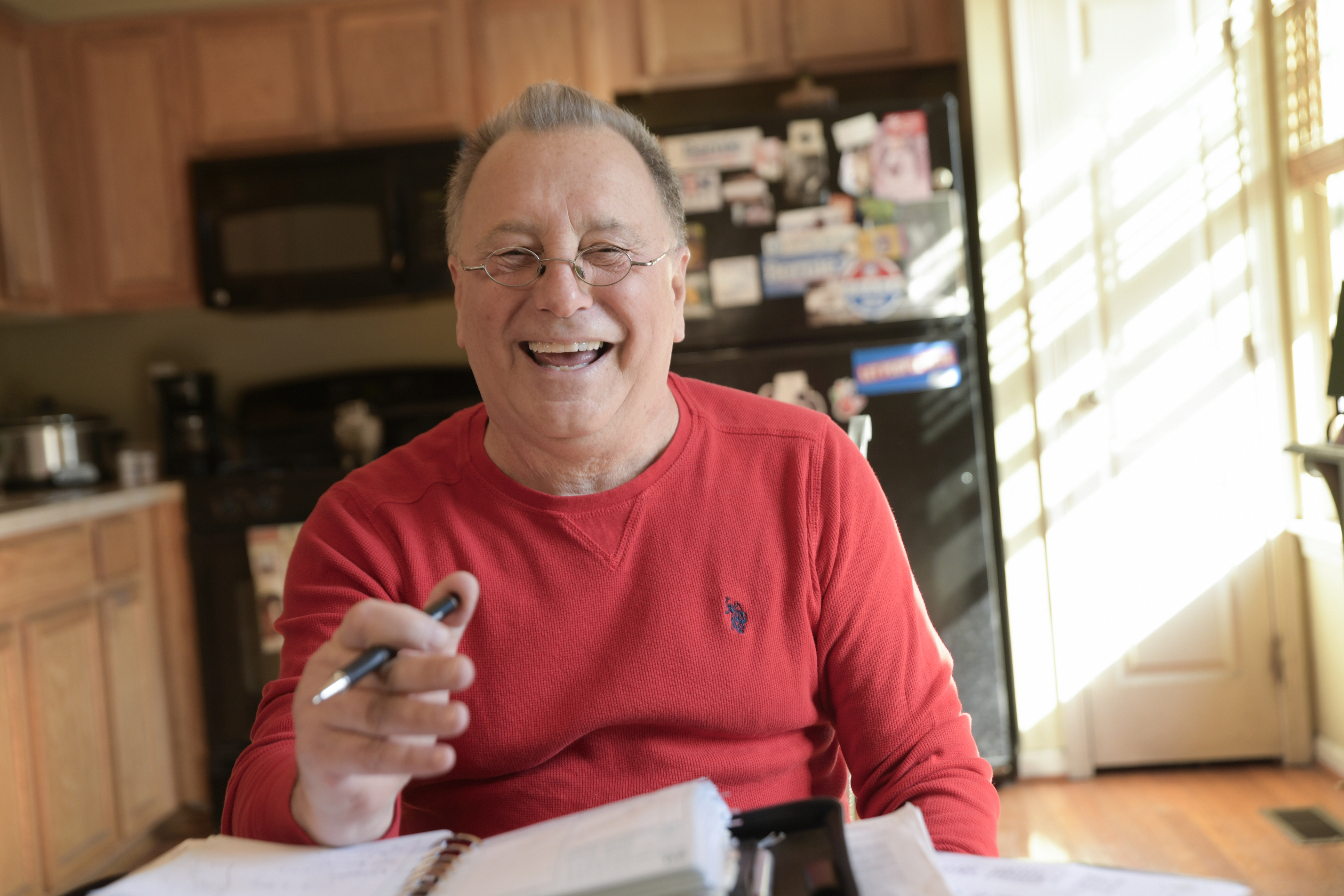Blog

The heart is a pump about the size of your fist that supplies oxygen-rich blood to all parts of the body throughout your life. It works in two-phases to accomplish this miraculous task: squeezing, or ejecting, known as systole (SIS-toe-lee), and relaxing and filling, called diastole (dye-A-stow-lee). A healthy heart performs these actions about 100,000 times each day. To work efficiently, a heart’s muscles need to be strong, toned and flexible.
What Is Diastolic Heart Dysfunction?
When a heart can’t properly relax and refill its lower chambers after systole, this is known as diastolic heart dysfunction. Think about blowing up a balloon. This is an analogous to a normal heart filling with blood in order to contract then and send it to the rest of the body. Now, imagine trying to fill a balloon as thick as a tire. That is diastolic heart dysfunction. The net result is that less blood is pumped out of the left chamber (ventricle) to the brain, lungs, kidneys, muscles and all the rest of the body.
According to cardiologist James “Jamie” Hansen, DO, “This disorder can develop when the heart ‘muscle’ becomes stiff, or less elastic, due to aging, heart failure or a chronic lack of adequate blood flow to the muscle. This can be caused by untreated high blood pressure, diabetes, obesity, heart disease, sleep apnea, a previous heart attack or a lack of physical activity.” Certain infections, chemicals and medications, exposure to high doses of radiation and diseases of the bone marrow and proteins also can result in diastolic dysfunction. Left untreated, this condition can worsen and lead to heart failure.
Symptoms
Common symptoms of diastolic heart dysfunction include high pressure readings in the “lower” number of blood pressure (i.e. 160/85), excessive fatigue, shortness of breath on exertion and retention of fluid in the legs and abdomen. Many people with it complain of difficulty climbing the stairs or needing several pillows to prop themselves up to sleep comfortably.
How Is It Diagnosed?
To confirm diastolic dysfunction, explains Dr. Hansen, your doctor will examine you and ask you questions about your health, energy level, medications and other symptoms. “A test called an echocardiogram may also be done to examine the condition and actions of your heart muscle,” he says. If the upper chamber is enlarged, this is a possible sign of diastolic heart dysfunction.
Avoiding and Treating Diastolic Heart Dysfunction
If your doctor tells you that you have, or are at a high risk for developing this disorder, you can make lifestyle changes that might help improve your heart health: eating a healthy diet; losing weight; stopping smoking; and committing to getting regular physical exercise are a few things you can do.
When these measures aren’t enough, you may be prescribed medications. Diastolic heart dysfunction and failure are treated by controlling your heart rate (to allow more time for blood to refill), controlling blood pressure (to decrease the amount of work the heart has to do) and decreasing total fluid in the body. Your doctor may prescribe you medications to help control your heart rate and blood pressure as well as a diuretic (water pill) to improve symptoms.
Living With Diastolic Heart Dysfunction
If your degree of diastolic heart dysfunction increases to become heart failure, you can learn to live with the limitations this condition brings and make changes to your behaviors. Many patients live with this disorder by limiting their salt intake, getting regular exercise and taking their prescribed medications faithfully. Many people with diastolic dysfunction lead normal, active lives.





